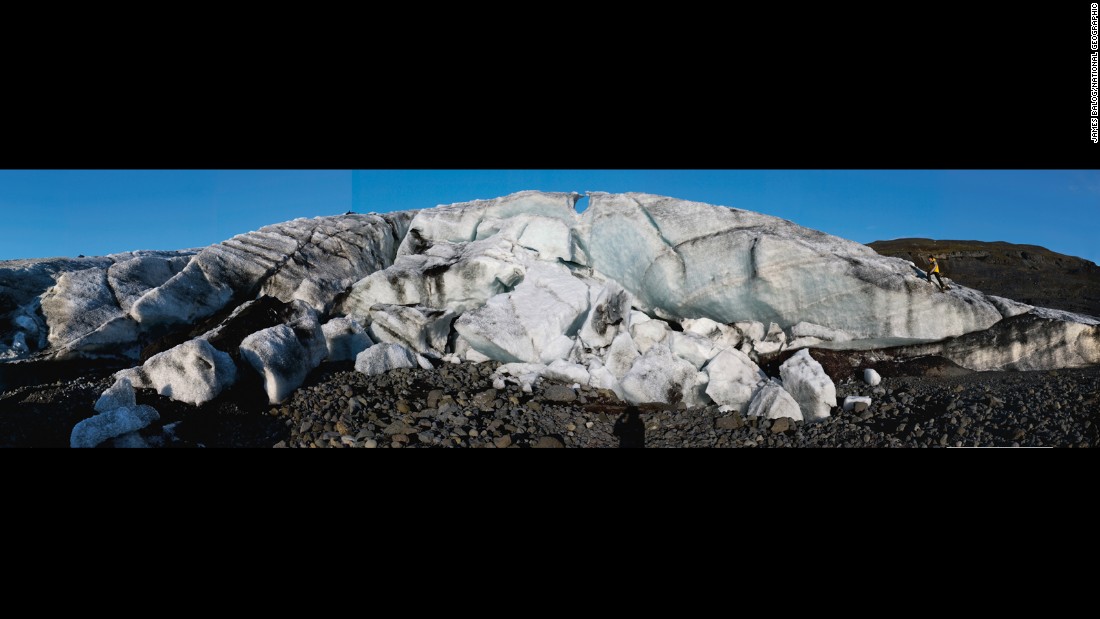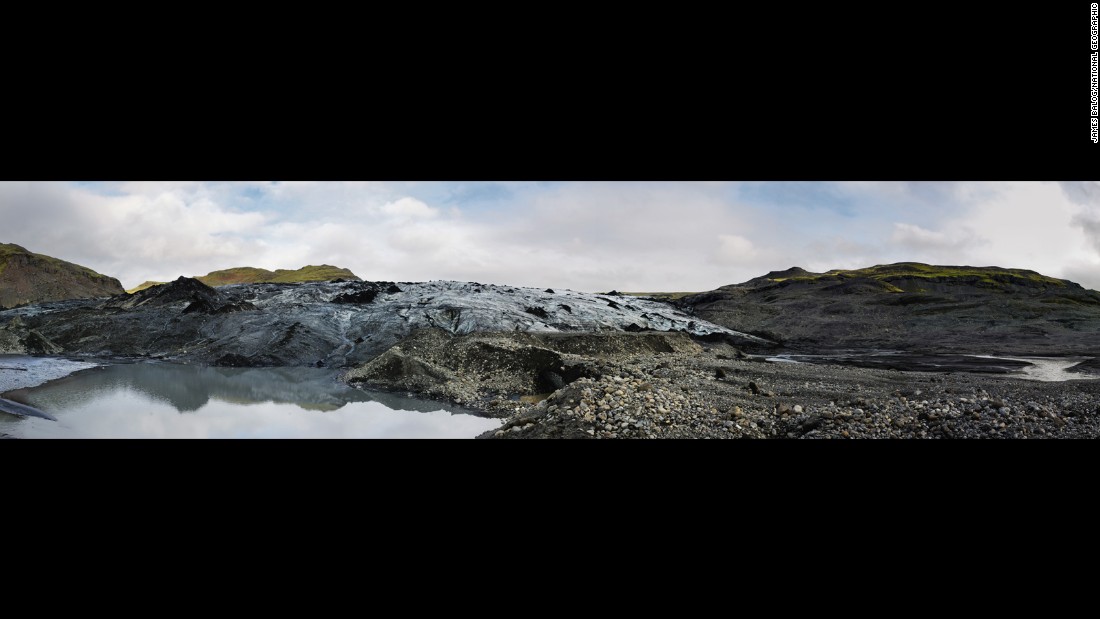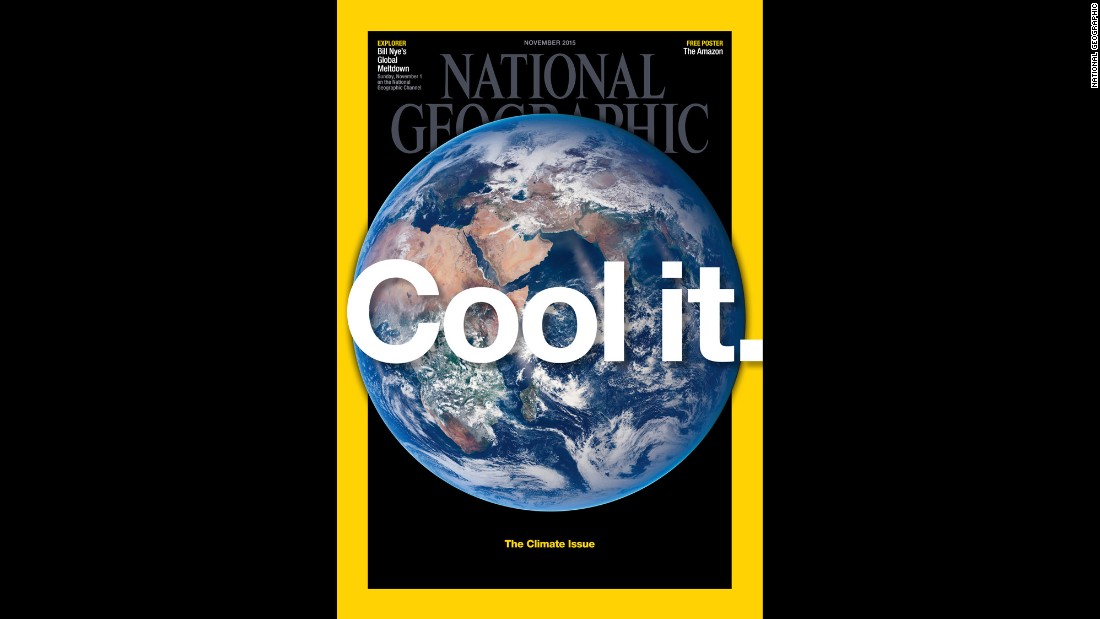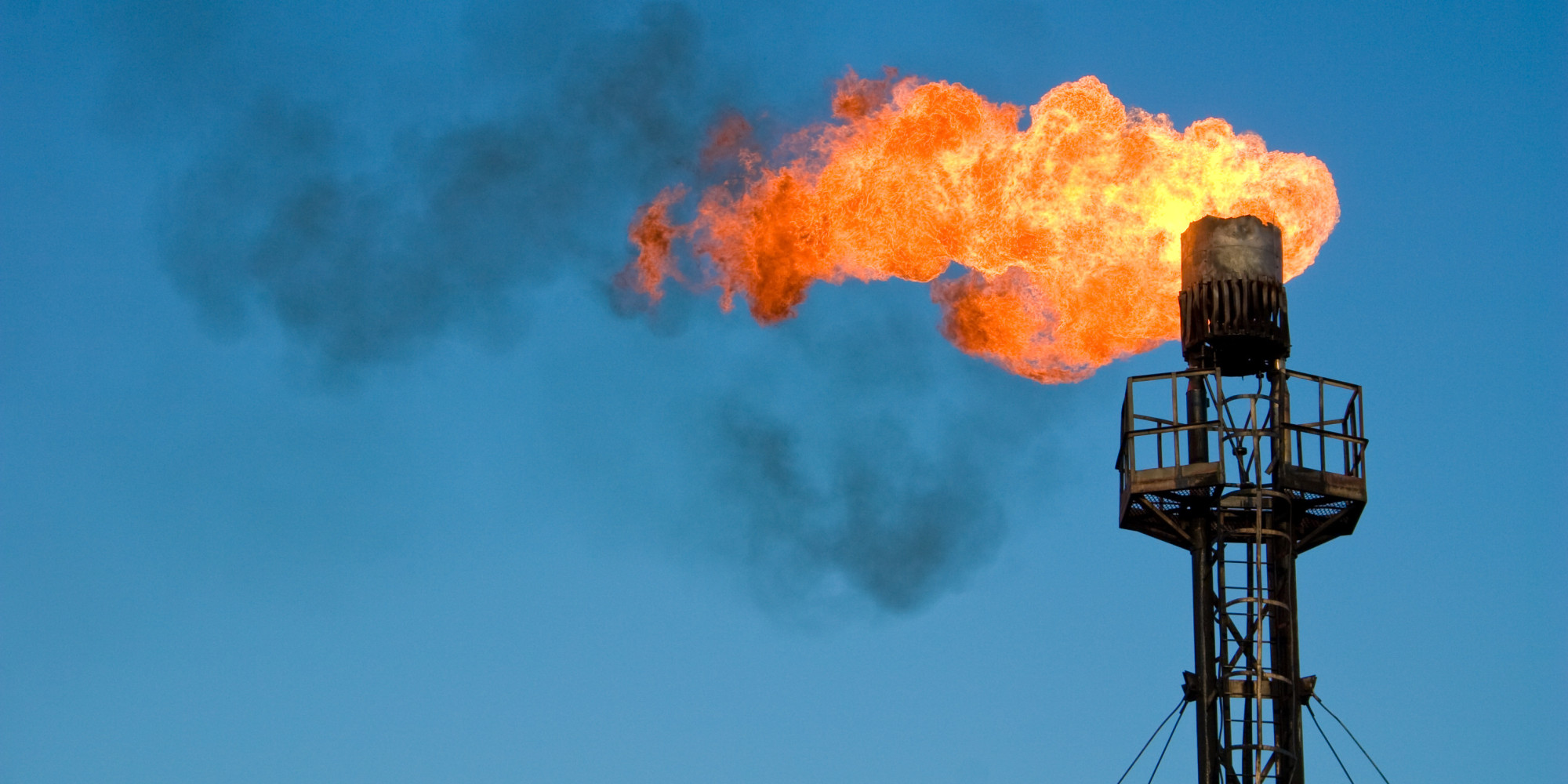|
|
Post by Admin on Nov 30, 2015 7:35:54 GMT
More than 100 heads of government and 40,000 other attendees are meeting on Nov. 30 for the launch of the two-week United Nations conference on climate change. Negotiators expect the gathering, formally known as the 21st Conference of Parties (COP 21) to the United Nations Framework Convention on Climate Change (UNFCCC), to yield the most significant international agreement yet to reduce global greenhouse gas emissions, and slow the effect of climate change. But the negotiations are likely to be contentious as developed nations wrestle with developing ones in the effort to divide the global bill over global warming. Here’s what you need to know:  Leaders of past climate summits tried to build top-down climate agreements in which countries would agree to broad guidelines to reduce their greenhouse gas emissions. Treaties borne out of that approach—like the 1997 Kyoto Protocol, which required developed countries to commit to binding greenhouse gas reduction targets—gave governments little flexibility in addressing climate change. Some countries, like the United States, opted not to participate in the agreement. Others, like Canada, ratified it, but ultimately ignored its provisions. Climate advocates set a 2009 conference in Denmark as an opportunity to achieve a comprehensive agreement that would actually lead to a reduction in emissions. But the conference was poorly organized and China and other countries refused to cooperate. In the end, the negotiations fell apart and the resulting Copenhagen Accord fell flat. The Paris conference will instead focus on reaching a bottom-up agreement. Governments around the world have already created their own plans—called Intended Nationally Determined Contributions (INDC)—laying out how they plan to cut greenhouse gas emissions based on what they believe is politically and economically feasible for their own country. The Paris agreement would lay out a legal framework to verify that countries follow through on commitments to reduce emissions and provide for climate financing for poor countries, among other things.  A bottom-up approach may sound less ambitious than rigid international standards required of everyone. But climate negotiators hope the flexibility allowed each country by having them make their own commitments will help avoid another Kyoto, where countries simply ignored their commitments because they found them unattainable. Paris comes at a time when scientists are telling us that the evidence for damaging climate change is greater than ever. Average temperatures reached a record high in 2014, and the U.N. confirmed Wednesday that 2015 would likely be the hottest on record. In the face of those realities, countries like the U.S., China and Canada have shown newfound interest in addressing climate change. Even oil producing countries like Saudi Arabia, which could face unlivable temperatures in the coming century, have submitted plans to address global warming “There is a tremendous drumbeat that we can get the kind of ambitious agreement in Paris,” said Alden Meyer, director of strategy and policy at the Union of Concerned Scientists, after China announced a cap-and-trade program earlier this year. “But the job’s not done yet.”  |
|
|
|
Post by Admin on Dec 2, 2015 7:34:16 GMT
The Paris talks will be very different from climate conferences of yore, when negotiators would try to craft binding global treaties that required nations to cut their emissions by set amounts, imposed from on high. See, for example, the 1997 Kyoto Protocol. That was a grand plan to save the world. And it failed, spectacularly. The US Senate refused to ratify Kyoto. Canada pulled out. And, crucially, fast-growing China and India never acceded to cuts. Emissions soared in the years after Kyoto: /cdn0.vox-cdn.com/uploads/chorus_asset/file/4308447/global%20emissions%20by%20country.png) The lesson learned was that no fancy UN accord could ever force countries to make wrenching changes to their energy systems that they didn't want to make. So in recent years, the UN climate talks have shifted to a radically new model. Each country will start off by deciding for itself how it plans to tackle greenhouse gas emissions, taking into account its own unique domestic situation. This "bottom-up" structure has led to universal participation, which is no small thing. Since 2014, every single major emitter has submitted a climate pledge to the UN. /cdn0.vox-cdn.com/uploads/chorus_asset/file/4308841/global_CO2_emissions_graphic.jpg) First, the pledges are plausible. They weren't dreamed up by remote UN bureaucrats. They were all freely submitted by national governments, based on what was deemed politically realistic and technologically feasible. The US pledge, for example, is rooted in the Obama administration's understanding of what's possible through existing executive authority. It doesn't assume Congress will miraculously pass new bills. Second, these pledges are laughably inadequate to the task of preventing severe global warming. If you assume every country follows its pledge to the letter, global emissions will keep rising through 2030, and we'll be setting ourselves up for around 3°C of global warming by century's end. Happily, that's a major improvement over the end-times-ish 4°C rise we used to be on track for. Not so happily, it means we'll likely be zipping past the 2°C global warming mark, which has long been deemed unacceptably risky. Not good. /cdn0.vox-cdn.com/uploads/chorus_asset/file/4308865/shutterstock_218625766.jpg) That's where these Paris talks come in. Over the next two weeks, negotiators will try to add support structures that, they hope, will allow these pledges to get stronger over time. They'll create transparency and verification mechanisms so that everyone can see whether countries are following through. They'll haggle over financing to help poorer nations. They'll discuss formal review process, allowing the pledges to be revisited and boosted in regular intervals. There are no guarantees this will work. But, as political scientist David Victor explained, the idea is you start with what's plausible and try to iterate from there, through cooperation and political persuasion. |
|
|
|
Post by Admin on Dec 14, 2015 7:44:11 GMT
A two-pronged bit of legislation, the 12-page Agreement and it’s accompanying 19-page “Decision” pledge — among other things — to keep Planet Earth’s temperature rise “well below” 2 degrees Celsius by the end of this century, to achieve global carbon emission neutrality by the middle of the century, to revisit and review national-level progress on these efforts every five years starting in 2018 (The Agreement becomes effective in 2020), and to stake a $100 billion annual Global Climate Fund as a means for helping the more vulnerable and less fiscally fortunate developing nations of our world as they battle climate chaos in the years ahead.  “France has seen a lot of revolutions,” offered French President François Hollande in a stirring concluding speech to the assembled delegates. “But today, we have seen the most beautiful and most peaceful of revolutions.” And, while the formal conclusions of the COP21 were the headline grabbers on this day, they were by no means the primary part of the “revolution.” In a soul-stirring day of action and solidarity just one month after terrorist attacks rocked the City of Light, an estimated 15,000-20,000 concerned citizens of the world took to the streets of Paris to have their voices heard. As the final draft of the Paris Agreement was being translated and digested and nitpicked throughout the day by delegates and foreign ministers, people, with their eyes on a markedly more ambitious outcome to the talks, gathered, first along Avenue de la Grande Armée near the Arc de Triomphe and later at the Eiffel Tower. After all, if the freshly minted Paris Agreement is to have any real teeth and meaning in the decades ahead, it will be because of the will and determination of the people who call the 196 countries represented at the UN’s negotiating table home.  At the heart of the movement was a nasty little fact about the outcome of the COP. There is no doubt that the Paris Agreement is a big step in the right direction, but it is only that: a step. The first step of a very long and critically important journey. For it to truly have historic reverberations through generations to come, the nations that brokered the deal will have to trend toward the ambitious end of the language they helped craft rather than hide out in the soggy-noodle loopholes they created for themselves as part and parcel to the multi-lateral compromising process. To borrow a phrase from U.N. Secretary General Ban Ki-moon, the pledges and verbiage and, in some important instances, purposely vague commitments of the treaty will have to serve as the “floor” for efforts going forward, “not the ceiling.” |
|
|
|
Post by Admin on Dec 1, 2016 20:46:54 GMT
 Global flaring of associated petroleum gas is a potential emission source of particulate matters (PM) and could be notable in some specific regions that are in urgent need of mitigation. PM emitted from gas flaring is mainly in the form of black carbon (BC), which is a strong short-lived climate forcer. However, BC from gas flaring has been neglected in most global/regional emission inventories and is rarely considered in climate modeling. Here we present a global gas flaring BC emission rate dataset for the period 1994–2012 in a machine-readable format. We develop a region-dependent gas flaring BC emission factor database based on the chemical compositions of associated petroleum gas at various oil fields. Gas flaring BC emission rates are estimated using this emission factor database and flaring volumes retrieved from satellite imagery. Evaluation using a chemical transport model suggests that consideration of gas flaring emissions can improve model performance. This dataset will benefit and inform a broad range of research topics, e.g., carbon budget, air quality/climate modeling, and environmental/human exposure.  Spatial distribution of gas flaring BC emission rates Elvidge et al.61 developed a methodology of detecting gas flaring activities and retrieving/calibrating gas flaring volumes from the visible band signal at night collected from the U.S. Air Force Defense Meteorological Satellite Program (DMSP) Operational Linescan System (OLS). Criteria of the best nighttime lights data for compositing require the absence of sunlight, moonlight, and clouds, and no contamination of solar glare and auroral emissions. The nighttime lights product used in the gas flaring analysis (called ‘lights index’) retrieved from DMSP is the average visible band digital number of cloud-free light detections multiplied by the percent frequency of light detection. The ‘sum of lights index’ is used to determine the magnitude of gas flaring. Gas flares are identified as ‘sum of lights index’ values of 8.0 or greater for all one km2 grid cell. Gas flares are further confirmed visually in the nighttime lights composites, including circular lighting features with a bright center and wide rims, the global population density grid, NASA MODIS satellite hot spot data, and Google Earth.  Figure 2b shows the annual gas flaring BC emissions (Gg/yr) in Russia, the Middle East, M/W Africa, and the rest of the world from 1994–2012. Generally, the global gas flaring BC emissions vary relatively stable, ranging from around 160–170 Gg/yr except years from 2003 to 2007 exceeding 180 Gg/yr. Since 2005, there was a discernible decreasing trend in global gas flaring BC emissions, which is mainly attributed to the significant decrease (~40%) of gas flaring volumes in Russia. On the decadal scale, Russia dominates the global gas flaring BC emissions with an overwhelming fraction of about 57%, due to both its highest flaring volume and emission factor. The Middle East and M/W Africa contribute about 12 and 14%, respectively, while the rest of the world contributes around 17%.  Figure 3a,b compares the satellite-derived AAOD at 555nm from MISR and the CMAQ-simulated AAOD during the fall season in 2010. The reason to choose fall is that, on the one hand, almost no retrievals from satellite during the cold spring and winter are available in northern Russia (including the Urals), due to both difficulties of aerosol products retrievals over the high albedo surfaces with extended snow and ice cover during the cold seasons and the low angle of sun above the horizon. On the other hand, summer is not a suitable season, neither, as intense biomass burning occurs in Siberia which may interfere with the evaluation of gas flaring emissions. As shown in Fig. 3a, MISR still shows considerable missing values in the flaring areas (denoted by the red polygons) in the fall season. Grids with valid values within the gas flaring areas are extracted and denoted by alphabets from a−i in Fig. 3a. Corresponding values at the same locations (a−i) from CMAQ simulation (Fig. 3b) are also extracted, and their correlations are presented in Fig. 3c. It is shown that except at grids a & g, all other scatters lie relatively close to the 1:1 line. The values of AAOD over grids a & g observed from MISR are 1–2 magnitudes lower than the other investigated grids. It is expected that AAOD over the gas flaring emission source grids should be at a similar magnitude. In this regard, we could reasonably group grids a & g as outliers. By excluding these two grids from statistical analysis, the mean AAOD from MISR within the gas flaring areas is 5.3×10−3 and the corresponding mean AAOD from CMAQ simulation is 4.5×10−3. This results in a low NMB (Normalized Mean Bias) value of −14%, suggesting the estimated gas flaring BC emissions in Russia are reasonable.  As shown in Fig. 4, without gas flaring, the simulated BC time series (gray-filled areas) are relatively flat with hourly values mostly below 50 ng m−3. Compared to the observation (black dotted line), the strong temporal variation of BC concentrations fails to be reproduced, and the simulation misses almost all of the episodic BC peaks as highlighted in Fig. 4. Overall, on a monthly basis, the simulation without gas flaring emissions strongly underestimates the observed BC concentrations by 33% and 44% in February and March, respectively. By accounting for gas flaring emissions, the simulated BC concentrations from gas flaring (yellow-filled areas) stack on the simulated non-flaring BC concentrations, especially during the high BC episodes. Almost all the high BC peaks could be successfully captured, although variable discrepancies between the observation and simulation still exist. The wet removal efficiency of BC68,69 during the long-range transport, the unaccounted process that releases BC particles from condensed phases back to the interstitial air70, local emissions around the receptor site71, and of course the uncertainty of Russia’s gas flaring BC emissions may all account for those discrepancies.  As discussed earlier, the Middle East is also among the top three contributors to the global gas flaring BC emissions. Figure 5a visualizes the gas flaring hot spots detected from the DMSP satellites in the region of Middle East. It could be seen that gas flaring activities are mainly distributed along the coastline of the Persian Gulf. Also, it could be seen that there is a considerable number of flares over the gulf due to the operation of offshore oilfields there. Figure 5b overlays the BC emission rate from gas flaring on that from the non-flaring emission sectors based on the HTAPv2 dataset. As for the Persian Gulf and its surrounding areas (defined by the pink polygon in Fig. 5b), it is calculated that BC emissions from gas flaring are more than twice that of those from the non-flaring emission sectors. Hence, the dominance of gas flaring in this area facilitates the evaluation of gas flaring emissions by using numerical simulation. It should be noted that, similar to the Ural Federal District in Russia, ground-based observations are not available for the Persian Gulf region, neither. Thus, we also use AAOD from MISR for the evaluation. It should be also noted that as the Middle East is mostly arid and semi-arid, dust aerosol is a crucial component in the total particles over this region72. Scientific Data 3, Article number: 160104 (2016) |
|
|
|
Post by Admin on Jun 2, 2017 18:36:45 GMT
Pres. Trump says withdrawing from the Paris Agreement “protects the United States from future intrusions on the United States’ sovereignty”
@potus: I will work to ensure that America remains the world’s leader on environmental issues, but under a framework that is fair
|
|




/cdn0.vox-cdn.com/uploads/chorus_asset/file/4308447/global%20emissions%20by%20country.png)
/cdn0.vox-cdn.com/uploads/chorus_asset/file/4308841/global_CO2_emissions_graphic.jpg)
/cdn0.vox-cdn.com/uploads/chorus_asset/file/4308865/shutterstock_218625766.jpg)







